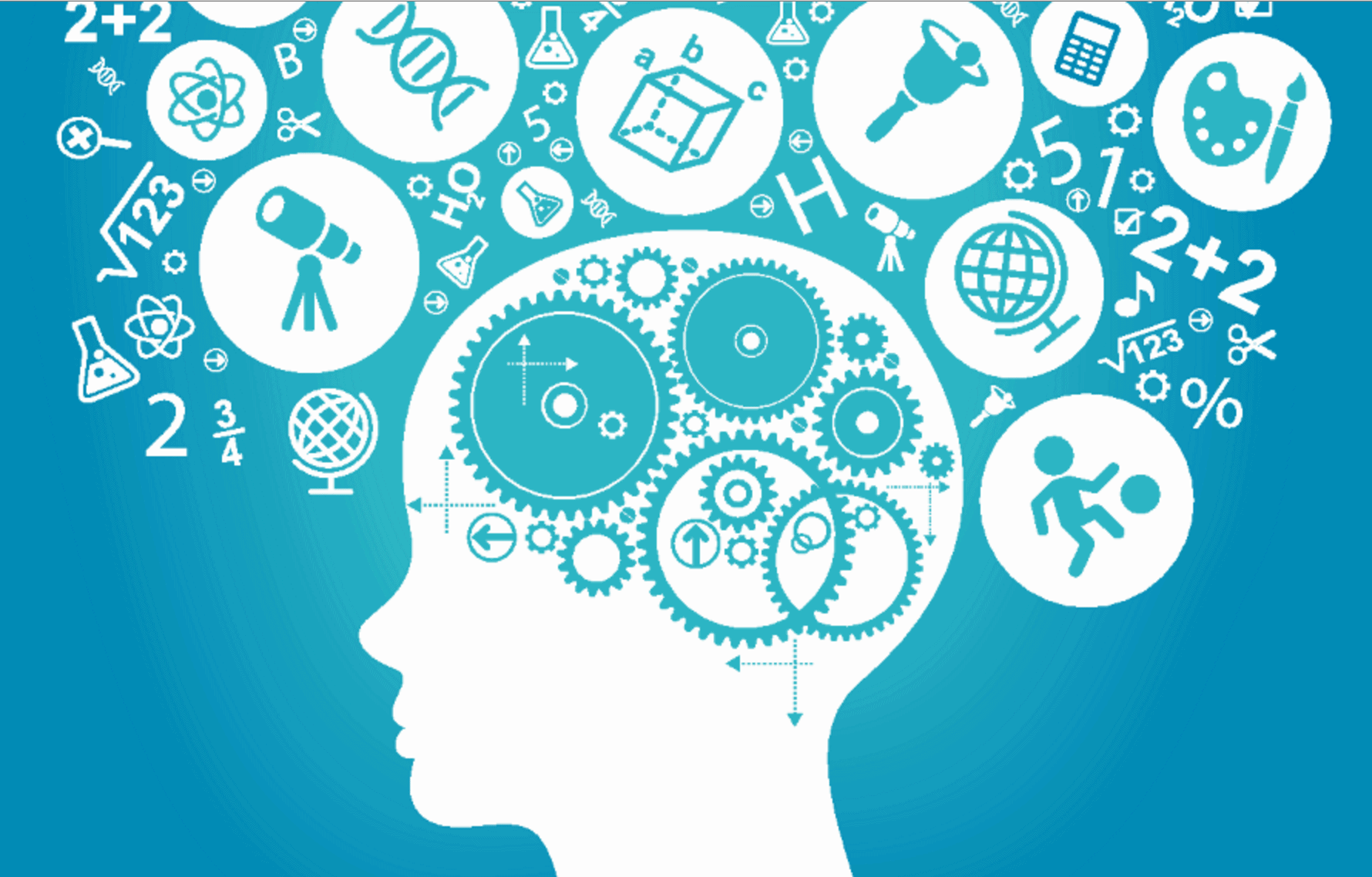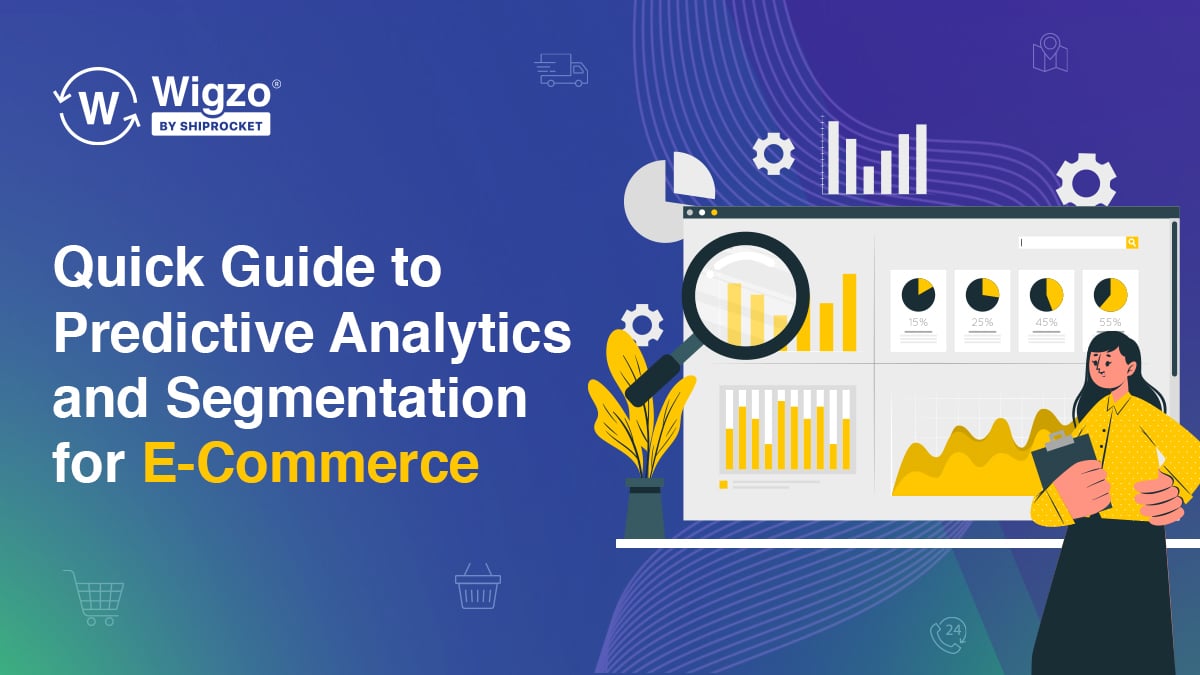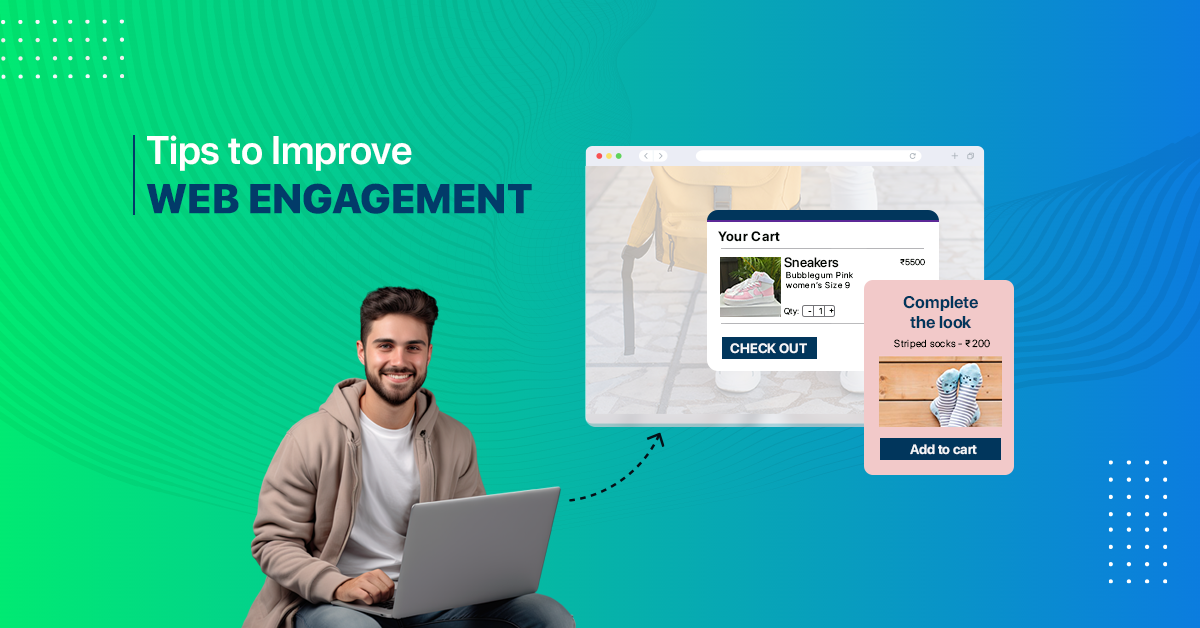Marketing today is a labour intensive task. It requires marketers to dig through large volumes of data – most of which doesn’t really help them make impactful business decisions in the long run.
According to EMC, the digital universe is all set to grow by a factor of 300, from 130 exabytes to 40,000 exabytes by 2020. But the truth is that the human kind can only retain upto 1m gigabytes of memory.
While there are those who believe ‘data is everything’, the truth is that what you learn from the data and what you do with it, is what actually matters. But with so much data around to consume, there is not much time to manually sift through the volumes to find insightful and actionable data.
That’s where machine learning comes in.
Machine learning defined
Machine learning is defined as a subfield of computer science that deals with the construction and study of algorithms that give the computers an ability to learn without being explicitly programmed.
Although machine learning is comparatively new to the digital marketing industry, it is something we all have been making use of for sometime. For instance, we have been using it to eliminate spam from our inboxes, organize our daily schedules or even get music recommendations based on our previous choices.
The paradigm shift in marketing
Before the era of digital marketing, marketers had only a handful of data points to count on based on what was trending in the market at that instance and intuition. As time and technology evolved, the amount of data points that a typical marketer interprets in order to make market predictions is way beyond consumable. This is where the strength of machine learning lies – the ability to extract insightful and actionable patterns from large volumes of data which have high velocity and variety (something that the industry refers to as Big Data).

According to a survey conducted by ANA, 77% of marketers think they will be required to further clearly understand customer journeys to create personalized marketing focused campaigns. However, only half of the surveyed marketers claimed to have the means or technology to do so.
For instance, let’s take one of the most important marketing activities in consideration – prioritization of leads.
The way a traditional marketer would deal with this task is by scoring the leads by assigning a set of points for each defined characteristic of the lead. For example, if the job profile is CEO, assign 10 points, if the lead is a female, assign +15 points, etc. But the entire process is based on a lot of guesswork.
Added to the required guesswork and bias, the rules for scoring need to be consistently updated or refined manually over a given period of time.
Now if we used machine learning instead, it would help extract meaningful relationship and patterns from existing sales data, automatically update lead scoring system and refresh the model every time a deal is closed with a new set of data points. It also helps the marketers identify non-linear relationships between data points which are generally lost by human built rules.
Big Data, machine learning and marketing
The one thing common between marketers and Big Data is their urge to know more about their targets.
Big Data, in its literal sense, is a buzzword used to describe the increasing volume of data that surrounds every aspect of human life. In fact, the innumerable digital platforms today serve as the source for this data.
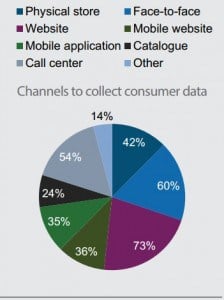
With so many customer insights to tap into, Big Data and machine learning are something marketers can’t give a skip to. Here are 5 ways to incorporate the two in your marketing strategy:
1. Monitor Google trends for your global and local strategies
Google Trends is the first and foremost way Big Data should be utilised. It showcases the trending topics in your industry by quantifying how often a specific search term is being used relative to the total search volume.
While global marketers can use Google Trends to access the popularity of topics across various countries, languages etc, the local marketers can use it to use a identify current trending conversations that they can make the most out of.
2. Defining your Ideal Customer Profiles
According to an Avis Budget case study, adding Big Data to understanding a customer profile increased the effectiveness of their contact strategy, in many cases above 30%.
Most businesses define their target markets, but aren’t able to narrow down their ideal customer profiles. Using Big Data enables marketers to learn more about their target buyers, and create extremely targeted campaigns.
While traditional marketers relied on intuition and guesswork, modern marketers can make use of data intelligence to shed light on more granular levels of details such as how many times a user has frequented the website, which social media profiles of theirs are actively used and which call-to-actions receive the most number of clicks.
3. Creating real time personalization for buyers
The hyper informed generation of today cannot be fed the traditional broadcasted sales messages. Marketers need to be able to deliver the right message at the right time to sell their business. Timeliness and relevancy have become a vital element in determining the success of marketing campaigns – be it click throughs or mere consumer engagement.
Machine learning uses big data to give marketers the most timely insights into who is currently interested or engaging with them or their content in real time. It ties the buyer’s digital behaviour to the CRM systems and marketing automation softwares to enable tracking of topics they are most interested in. This gives marketers an opportunity to develop ideas to make the most out of current interests.
4. Identify content for conversion
Every marketer knows how important a part content plays in every aspect of marketing and sales – including moving the leads through the sales funnel towards conversion. But what most marketers aren’t able to gauge is, what type of content will convince their leads to convert effectively.
The success of a blog or social media post at generating revenue was non-quantifiable before Big Data. But now marketers can make use of content scoring to understand which of the content assets are successful at closing a deal and which have been consistently inefficient. This allows marketers to focus and hone their strategies around content topics or types that resonate the most with their buyers, and truly compel them to move along the sales funnel.
5. Integrating predictive analytics into lead scoring
Predictive analysis is by far the most progressive strategy that marketers can implement with Big Data. It is the brand of advanced analytics that is used to make predictions about unknown future events. Making use of many techniques such as data mining, statistics, modeling, machine learning and artificial intelligence, it analyses current data to make accurate predictions about the future.
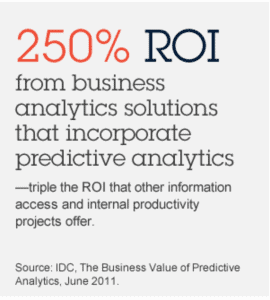
Marketers are now successfully predicting future lead behavior using predictive lead scoring, business CRM data base and third party internet data. The technology basically pools and analyzes historical data around successful leads, giving marketers clear indications about which digital behaviors should be weighed more heavily in lead scoring.
Will Big Data suddenly skyrocket marketing results? No.
Companies like Wigzo offer personalization for marketers using machine learning, which is observed to increase revenues by almost 34%. It offers you data that suggest current trends, validates claims and reduces human error in decision making processing.
But in the end it is what you do with the data that matters.
“Data by itself is useless. Data is only useful if you apply it.”
Tony Park


